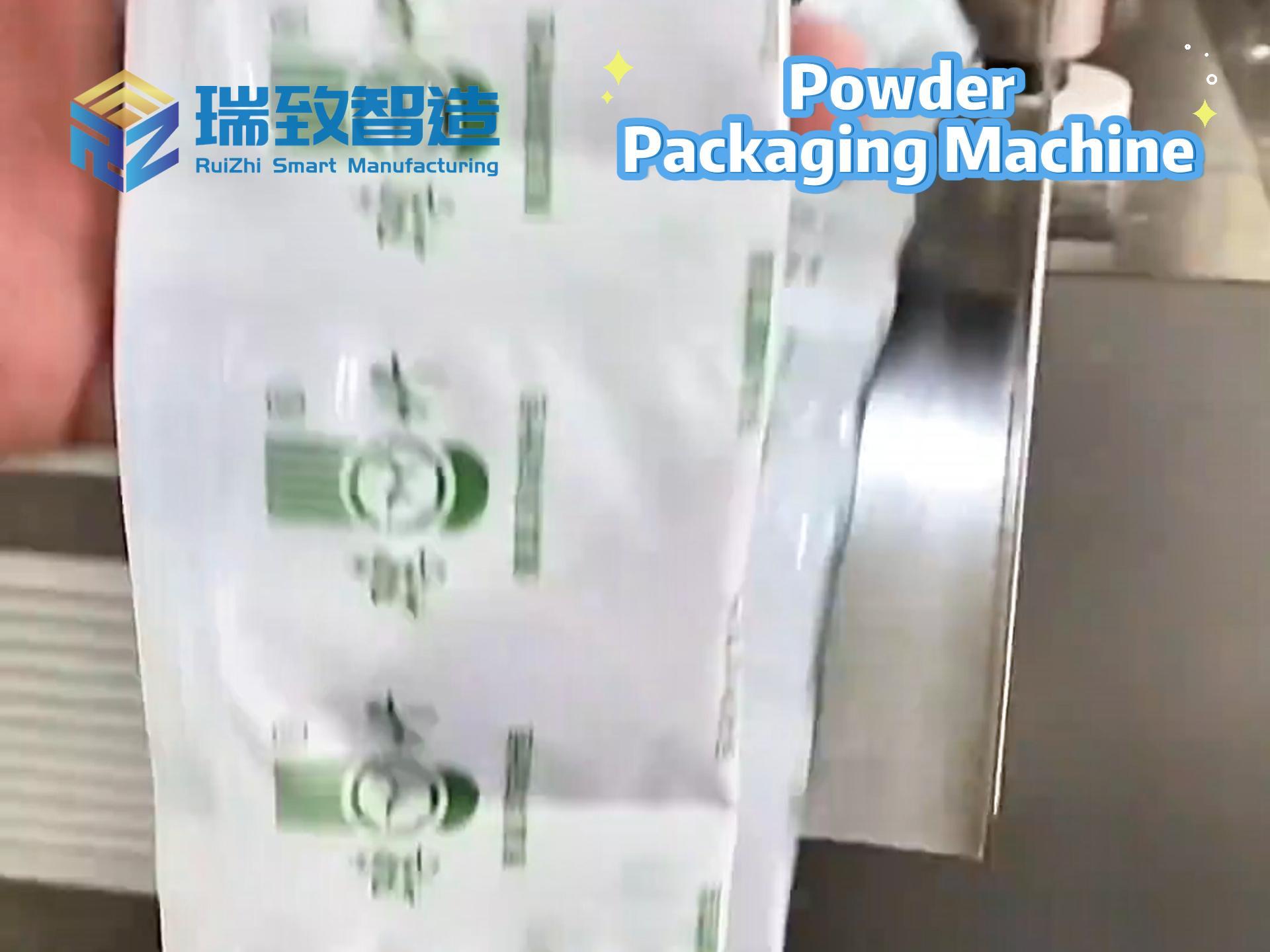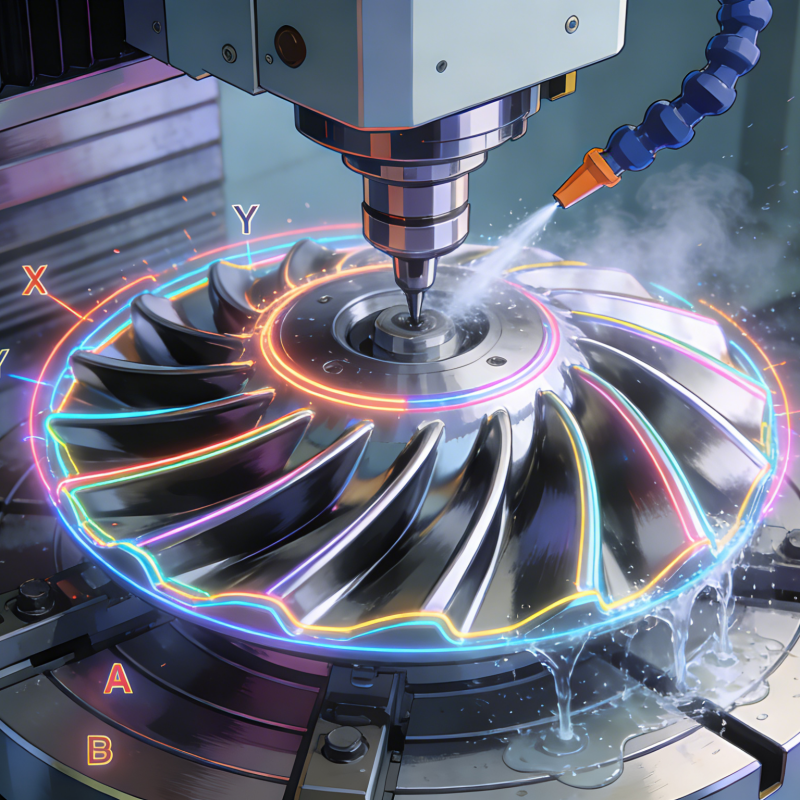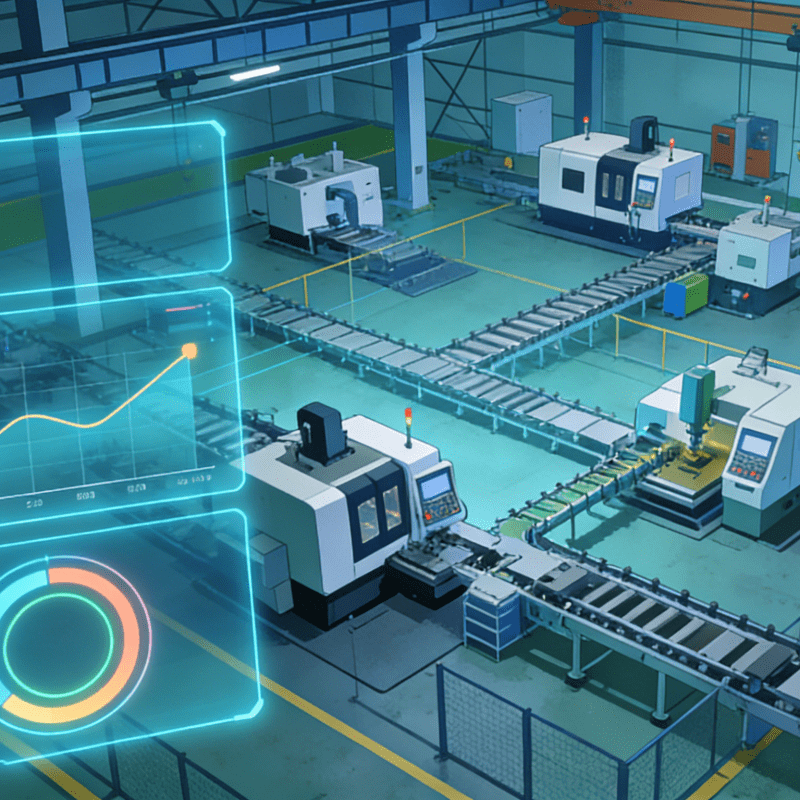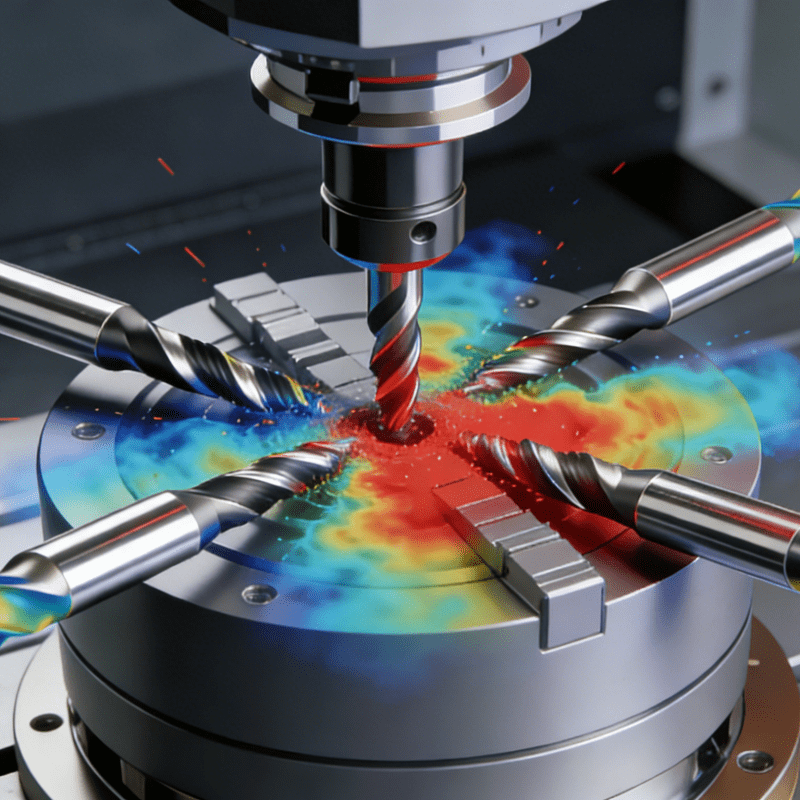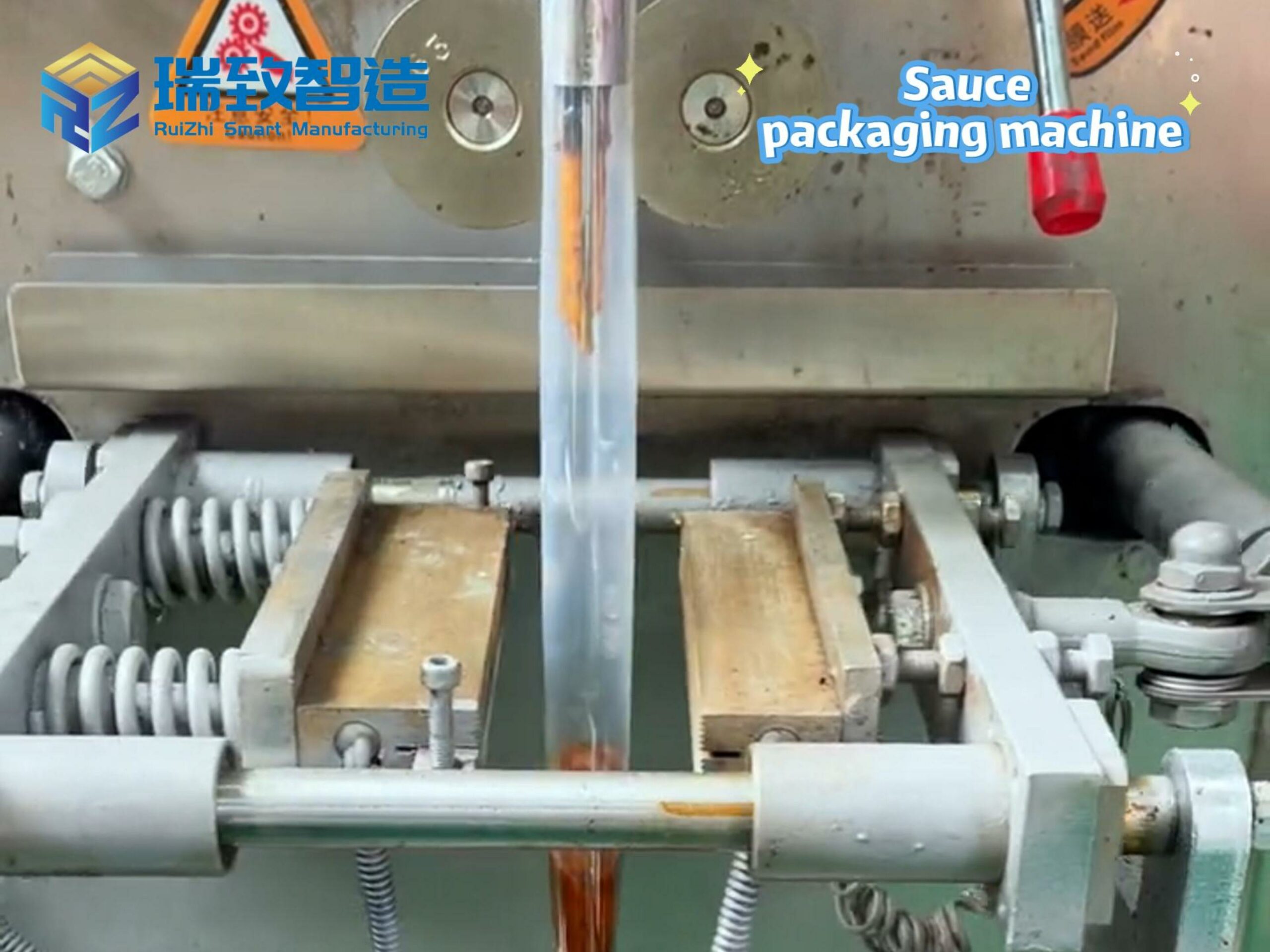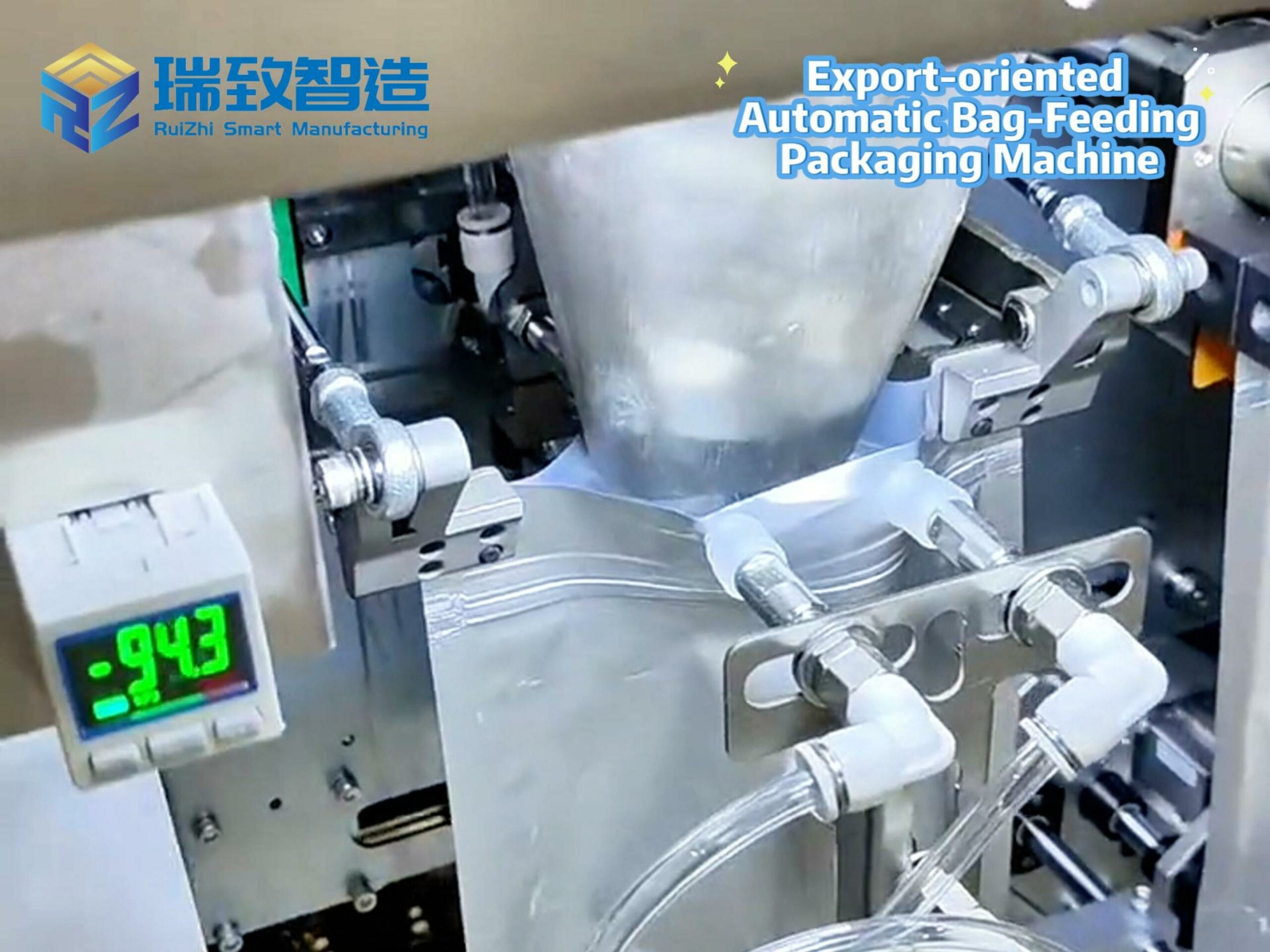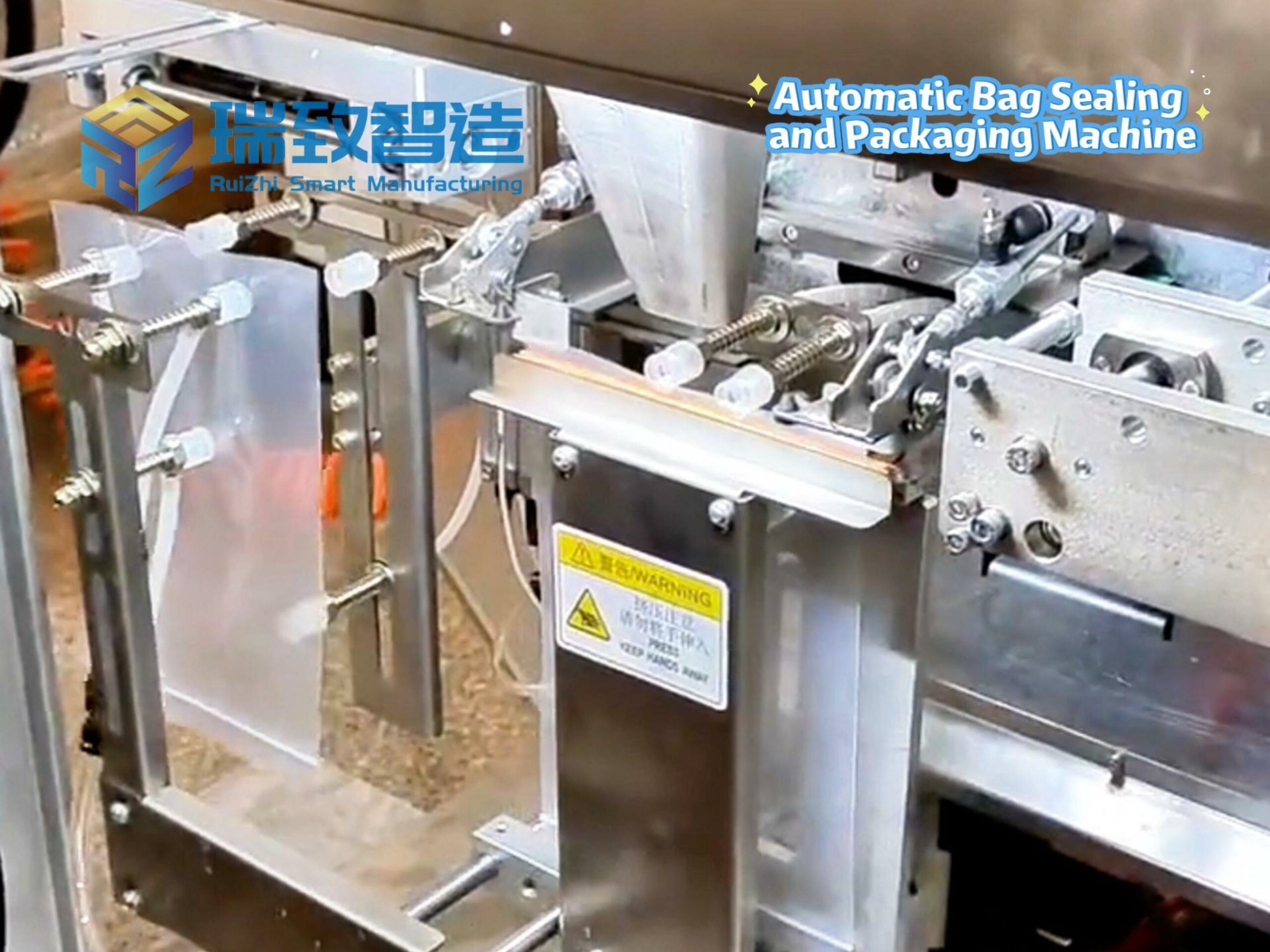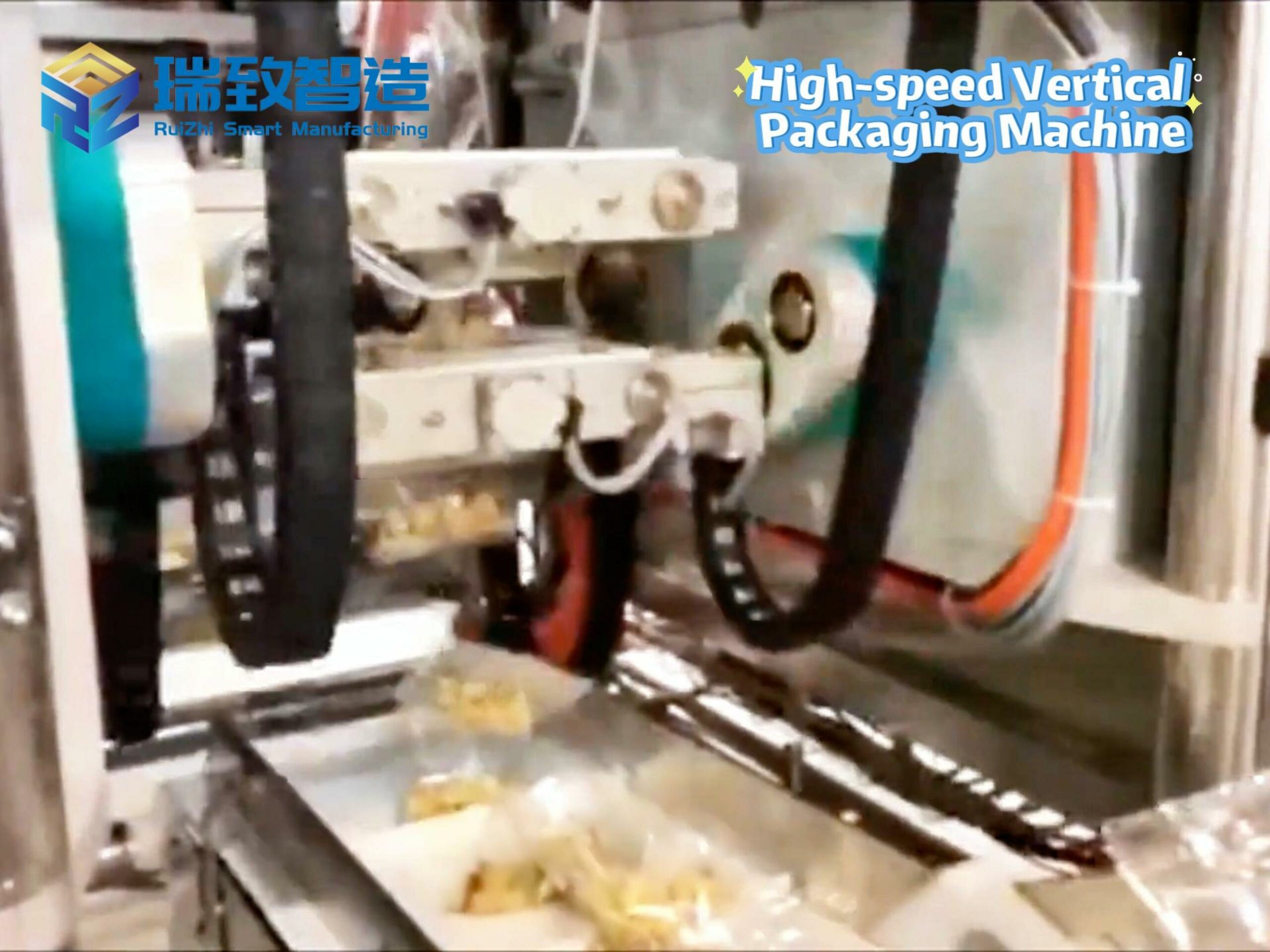Table of Contents
Toggle3D Printing: From Additive Manufacturing to a Creative Revolution
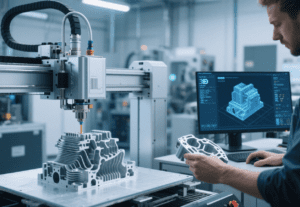
3D printing (additive manufacturing) is evolving from a “laboratory black technology” into a core force reshaping the manufacturing landscape. Technological breakthroughs and material innovations have driven its applications from prototype production to deep penetration in end-product manufacturing and biomanufacturing, ushering in an era of personalized “design-to-production” manufacturing.
一、Aerospace: The Core Engine of Lightweight Revolution
GE Aviation’s LEAP engine fuel nozzle stands as a landmark application of 3D printing: Using Selective Laser Melting (SLM) technology, it integrally prints 20 traditionally machined Inconel alloy components, reducing weight by 25%, enhancing fatigue resistance by 40%, and shortening the production cycle from 18 months to 3 weeks. This innovation cuts 15kg from each engine, saving the global aviation industry billions of dollars in fuel costs annually. After Airbus A350 adopted 3D-printed titanium wing rib brackets, the number of components decreased by 55%, material utilization soared from 20% to 85%, and each aircraft shed 350kg—equivalent to reducing 300 tons of CO₂ emissions annually. This demonstrates 3D printing’s “dimension-reduction strike” capability in high-end manufacturing.
二、Medical Field: Disruptive Innovation in Customized Treatment
In life sciences, 3D printing is creating medical miracles: The First Affiliated Hospital of Xi’an Jiaotong University custom-printed a titanium alloy prosthesis for a pelvic malignant tumor patient. Using CT data modeling for 1:1 precise matching, it shortened surgery time by 40%, reduced the postoperative recovery cycle from 6 months to 3 months, and enabled the patient to walk normally within 3 months. More 前沿的是 bio-3D printing: Israel has successfully printed cardiac tissue with vascular networks, offering infinite possibilities for organ transplantation. The US FDA-approved 3D-printed mandibular implant, layered with biocompatible materials, achieves seamless integration with bones, rewriting the treatment paradigm of maxillofacial surgery. 3D printing is transitioning from “manufacturing objects” to “manufacturing life,” inaugurating a new era of precision medicine.
三、Automotive Manufacturing: Flexible Tools Reconstructing Production Logic
Tesla’s Shanghai Gigafactory’s combination of “giant die-casting machines + 3D printing” is rewriting body manufacturing history: The former achieves integrated die-casting of 70 parts, while the latter produces complex cooling channels difficult to machine traditionally, increasing motor controller heat dissipation efficiency by 30% and shortening the production cycle by 50%. BMW’s Shenyang plant uses 3D printing for automotive interior components, supporting customized textures, colors, and functional modules. From order confirmation to delivery, it takes only 72 hours—80% faster than traditional injection molding. Data shows the global automotive 3D printing market reached $4.5 billion in 2023, with a 42% CAGR, becoming core technology for automotive lightweighting and personalization.
四、Materials and Equipment: Breaking the Final Barrier to Mass Production
HP’s Multi Jet Fusion technology boosts 3D printing speed to 200mm/h, supports mass production of engineering plastics like PA12 and TPU, and achieves 0.1mm single-layer printing precision. It has supplied customized interior parts for BMW and Volkswagen, reducing single-component costs by 30% compared to traditional CNC machining. In metal printing, TRUMPF’s TruPrint 5000 series enables stable 500W fiber laser output, with a printing speed of 100cm³/h, supporting efficient forming of hard-to-machine materials like titanium and cobalt-chromium alloys—pushing 3D printing from “single-piece customization” to “small-batch production”. According to NanJixiong 3D Printing Network, the global metal 3D printing market reached $9.2 billion in 2023, growing at 35% annually, with material types exceeding 200, laying the foundation for scaled applications.
五、Future Outlook: Infinite Possibilities from Manufacturing to “Creation”
As 3D printing deeply integrates with industrial robots and machine vision, intelligent production lines integrating “printing + processing + inspection” are taking shape: A domestic medical device enterprise’s “cloud design platform + local 3D printing factory” model achieves “order-to-print” orthopedic implants with 24-hour delivery, opening a new era of “personalized manufacturing”. With breakthroughs in multi-material and nano-printing, 3D printing will expand from physical entity manufacturing to functional device integration—printing smart components with circuits and sensors, or even self-repairing composite materials, realizing a true “0 to 1” creative revolution.
The subversion of 3D printing lies not only in the technology itself but in its of manufacturing logic: Traditional manufacturing is “subtractive,” removing excess material, while 3D printing is “additive,” stacking materials into complex structures. This paradigm shift is influencing the entire industry: When designers are no longer constrained by processing techniques, producers can manufacture on demand, and consumers participate in product design, manufacturing will evolve from “mass production” to “personalized creation”. 3D printing, a technology born in the lab, is using layer-by-layer materials to print the future landscape of manufacturing.
“smart manufacturing expo” “smart manufacturing means” “smart manufacturing rfl“

